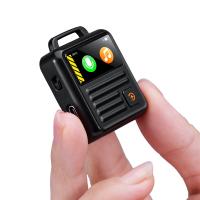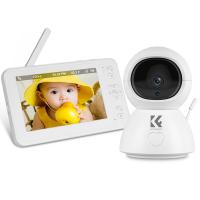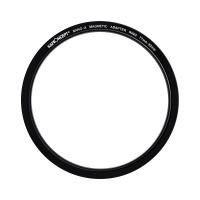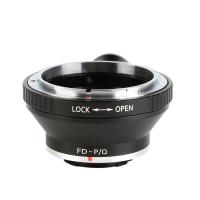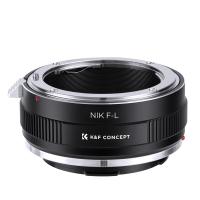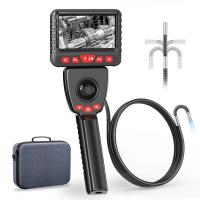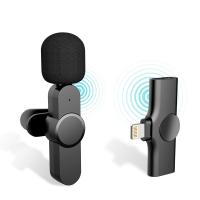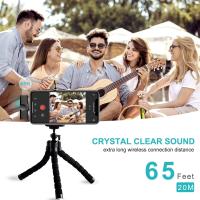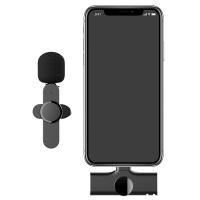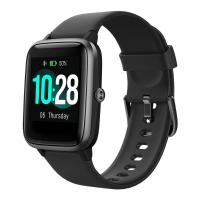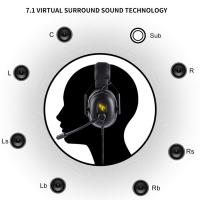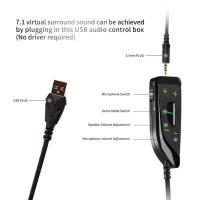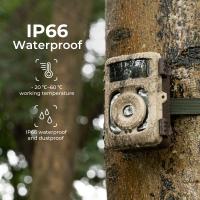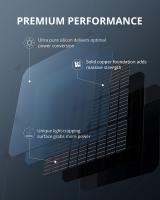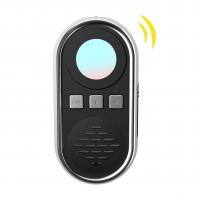How To Record Audio On Macbook?
Recording audio on a MacBook is a common task that many users need to accomplish for various reasons, such as creating podcasts, recording lectures, or capturing voice memos. This article will guide you through the different methods available for recording audio on a MacBook, ensuring you can choose the best option for your needs. We will cover built-in applications, third-party software, and some tips to enhance your recording quality.
Built-in Applications

1. Voice Memos

Voice Memos is a straightforward and user-friendly application that comes pre-installed on macOS. It is ideal for quick and simple recordings.
Steps to Record Audio Using Voice Memos:
1. Open the Voice Memos app from the Applications folder or by searching for it using Spotlight.
2. Click the red record button to start recording.
3. Speak into your MacBook’s built-in microphone or an external microphone if you have one connected.
4. Click the stop button when you are finished recording.
5. Your recording will be saved automatically, and you can rename it by clicking on the title.
Voice Memos is perfect for basic audio recording needs and offers easy sharing options via email, Messages, or AirDrop.
2. QuickTime Player
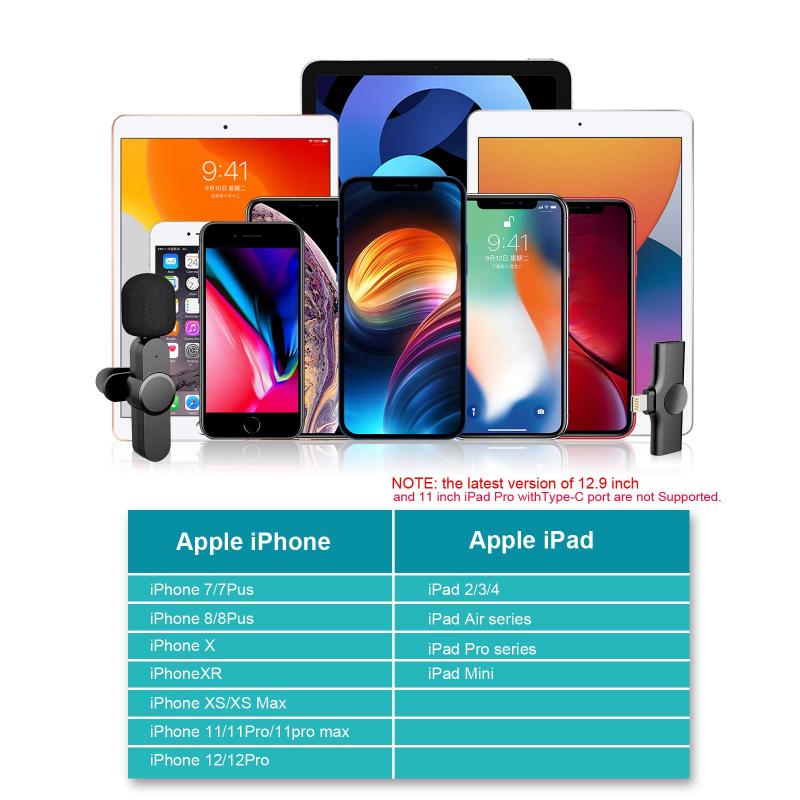
QuickTime Player is another built-in application that can be used for audio recording. It offers more flexibility than Voice Memos and can be used for both audio and video recordings.
Steps to Record Audio Using QuickTime Player:
1. Open QuickTime Player from the Applications folder or by searching for it using Spotlight.
2. Go to File > New Audio Recording.
3. Click the arrow next to the record button to select your microphone (built-in or external).
4. Click the red record button to start recording.
5. Click the stop button when you are finished recording.
6. Save your recording by going to File > Save and choosing a location on your MacBook.
QuickTime Player is a versatile tool that provides higher quality recordings and more control over the recording process.
Third-Party Software
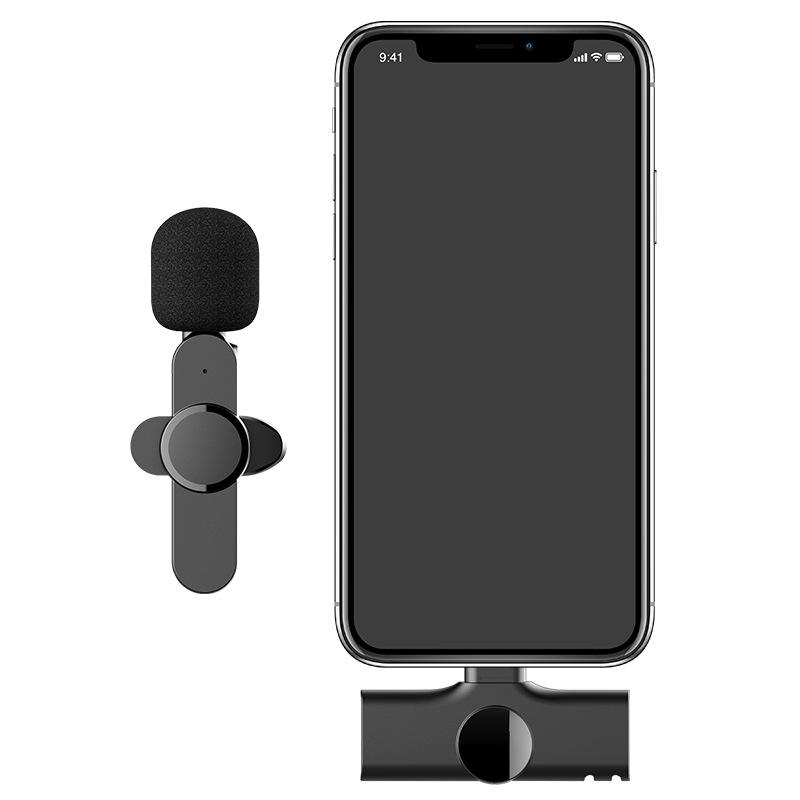
For users who need advanced features and higher quality recordings, third-party software can be a great option. Here are some popular choices:
1. Audacity
Audacity is a free, open-source audio recording and editing software that offers a wide range of features. It is suitable for both beginners and professionals.
Steps to Record Audio Using Audacity:
1. Download and install Audacity from the official website.
2. Open Audacity and select your microphone from the dropdown menu in the toolbar.
3. Click the red record button to start recording.
4. Click the stop button when you are finished recording.
5. Edit your recording using the various tools available in Audacity.
6. Save your recording by going to File > Export and choosing your desired format and location.
Audacity provides extensive editing capabilities, including noise reduction, equalization, and multi-track recording, making it a powerful tool for more complex projects.
2. GarageBand
GarageBand is a free digital audio workstation (DAW) that comes pre-installed on macOS. It is designed for music production but can also be used for general audio recording.
Steps to Record Audio Using GarageBand:
1. Open GarageBand from the Applications folder or by searching for it using Spotlight.
2. Create a new project and select “Empty Project.”
3. Choose “Audio” as the track type and select your microphone.
4. Click the red record button to start recording.
5. Click the stop button when you are finished recording.
6. Edit your recording using the various tools available in GarageBand.
7. Save your recording by going to Share > Export Song to Disk and choosing your desired format and location.
GarageBand offers a wide range of features, including virtual instruments, effects, and multi-track recording, making it a great choice for musicians and podcasters.
Tips for Enhancing Recording Quality
Regardless of the method you choose, here are some tips to ensure you get the best possible audio quality:
1. Use an External Microphone: While the built-in microphone on your MacBook is convenient, an external microphone will provide significantly better audio quality. USB microphones are easy to use and offer great sound quality.
2. Choose a Quiet Environment: Background noise can ruin an otherwise good recording. Try to record in a quiet room and minimize any potential sources of noise, such as fans, air conditioners, or traffic.
3. Adjust Microphone Settings: Make sure your microphone settings are optimized for recording. In System Preferences > Sound, you can adjust the input volume and select your preferred microphone.
4. Use Pop Filters and Windshields: If you are using an external microphone, consider using a pop filter to reduce plosive sounds (like “p” and “b” sounds) and a windshield to minimize wind noise.
5. Monitor Your Recording: If possible, use headphones to monitor your recording in real-time. This will help you catch any issues early and make adjustments as needed.
6. Edit Your Recording: Post-production editing can significantly improve the quality of your recording. Use software like Audacity or GarageBand to remove background noise, adjust levels, and add effects.
Recording audio on a MacBook is a straightforward process, thanks to the variety of built-in applications and third-party software available. Whether you need a simple voice memo or a professional-quality recording, there is a solution that fits your needs. By following the steps outlined in this article and implementing the tips for enhancing recording quality, you can ensure that your audio recordings are clear, professional, and effective. Happy recording!




